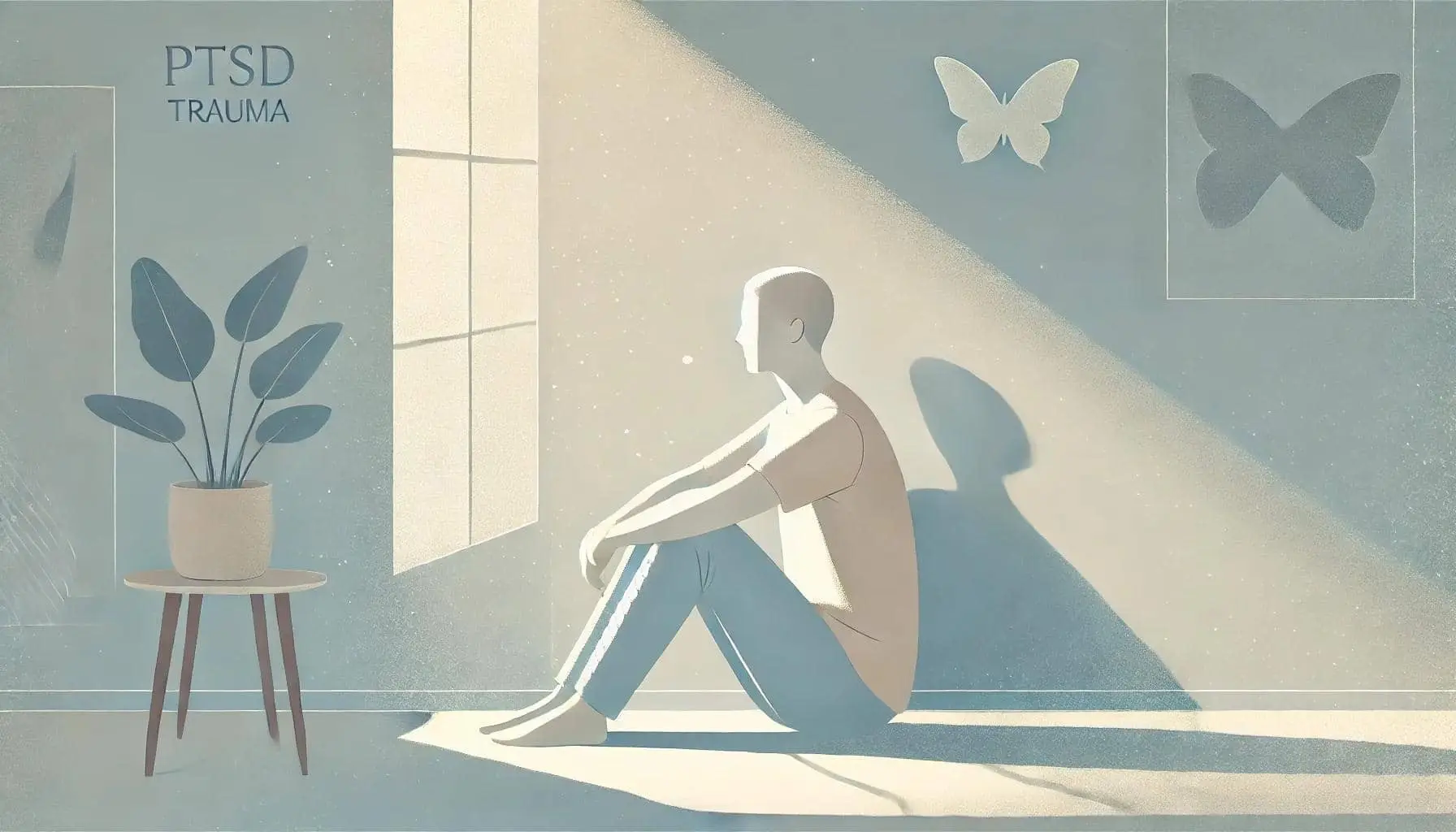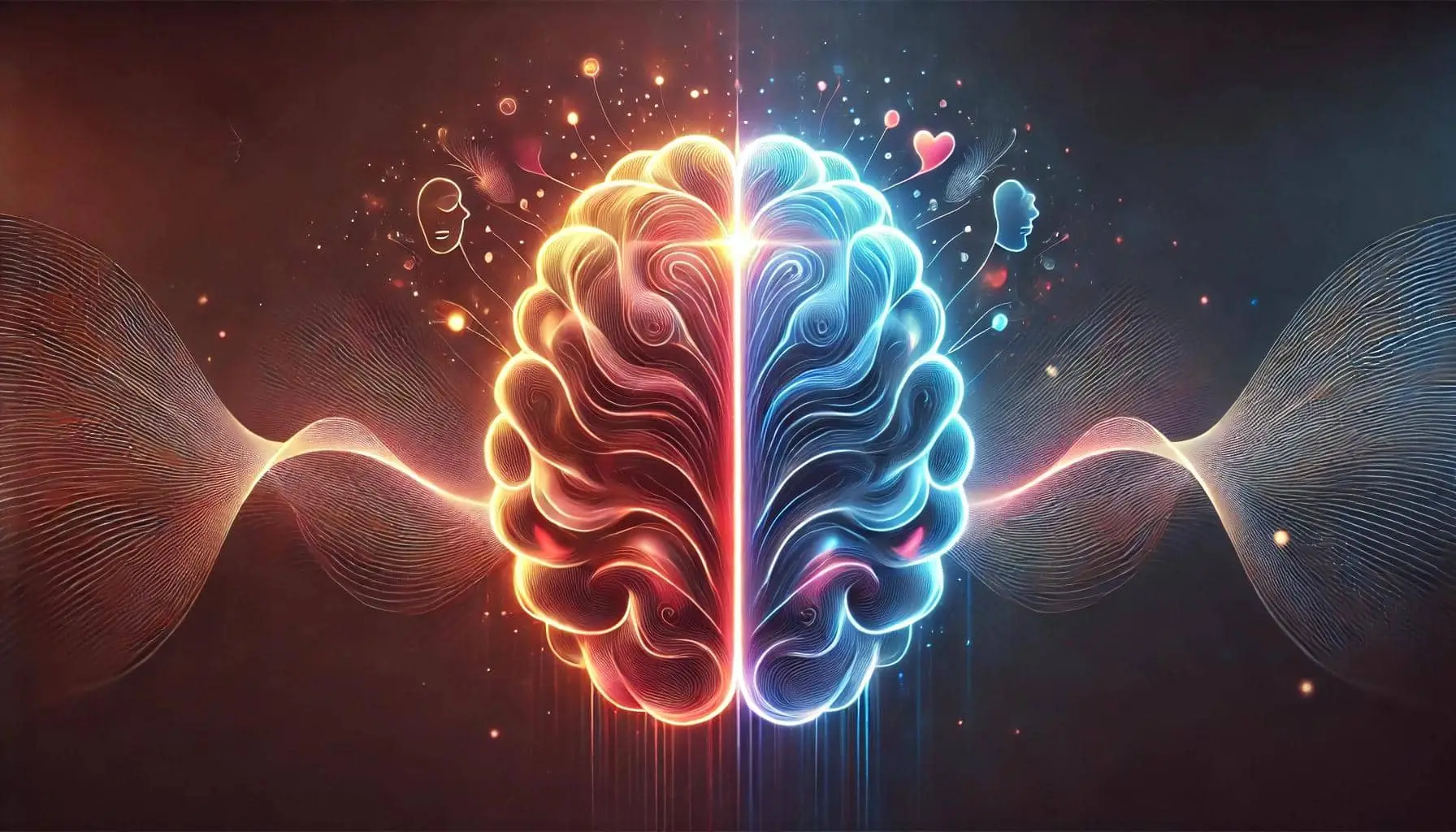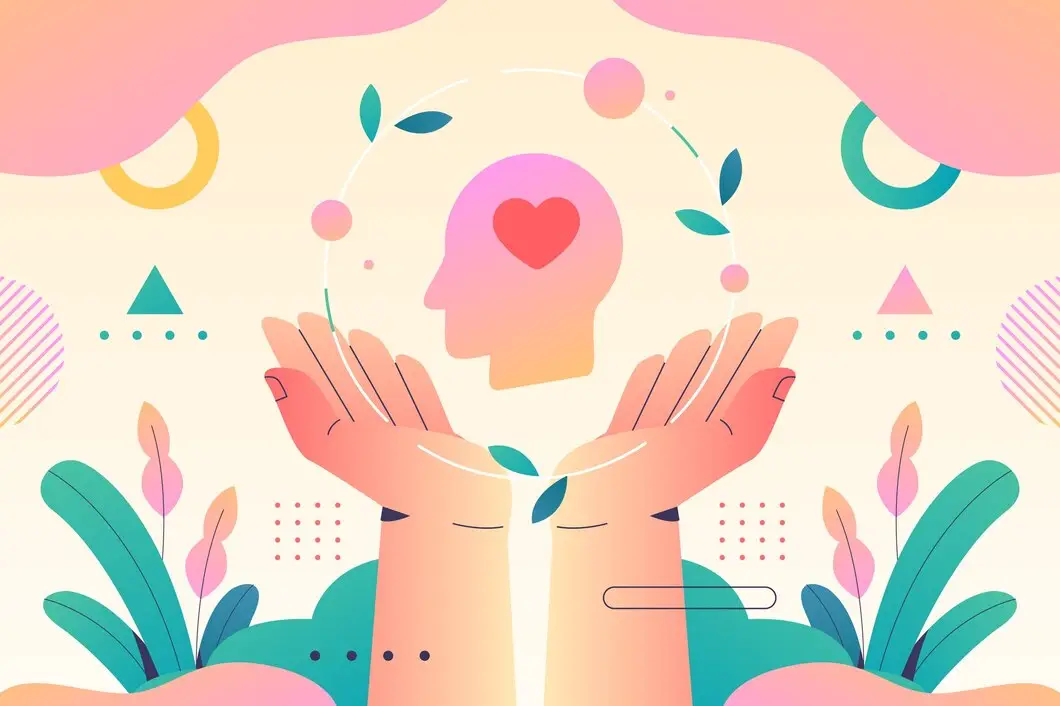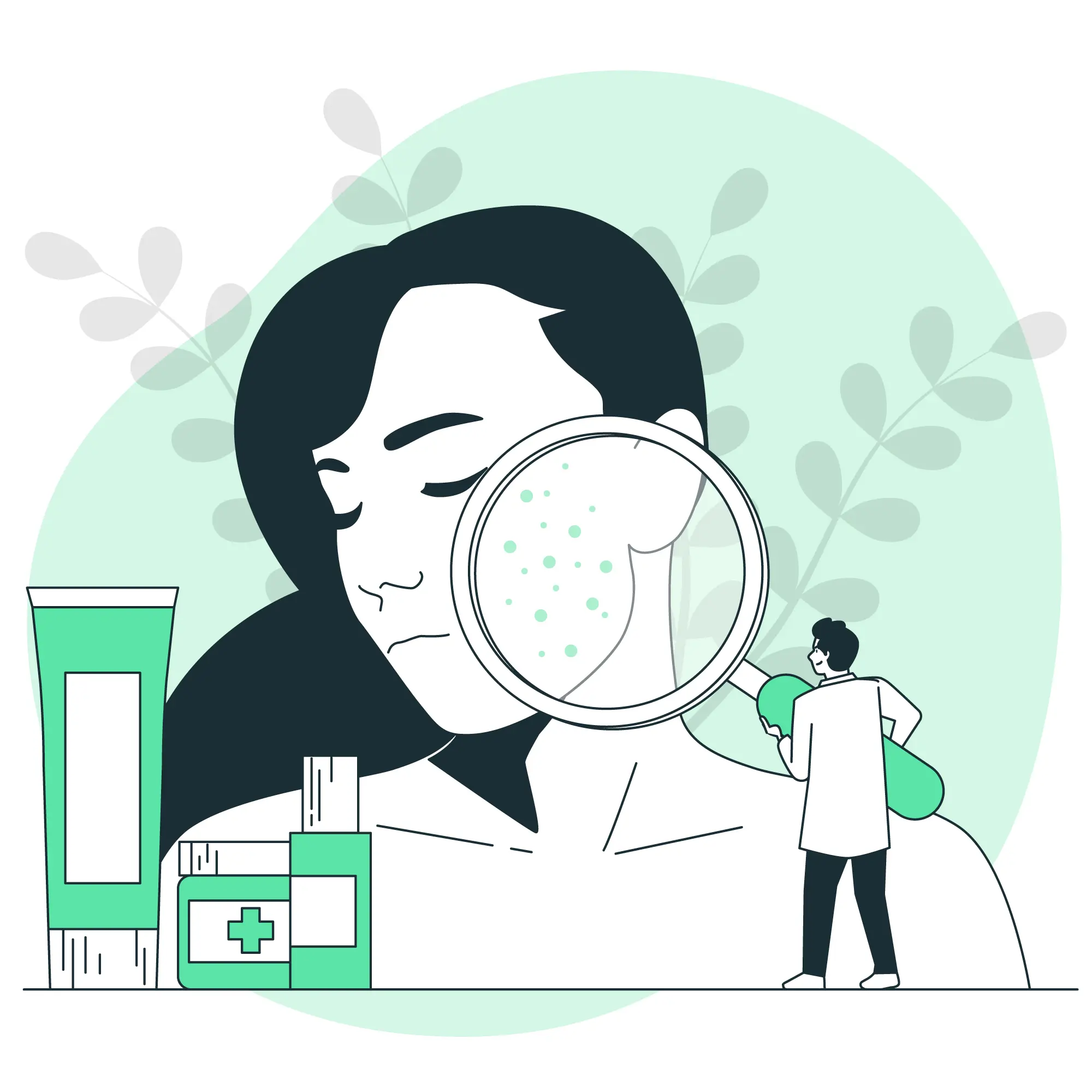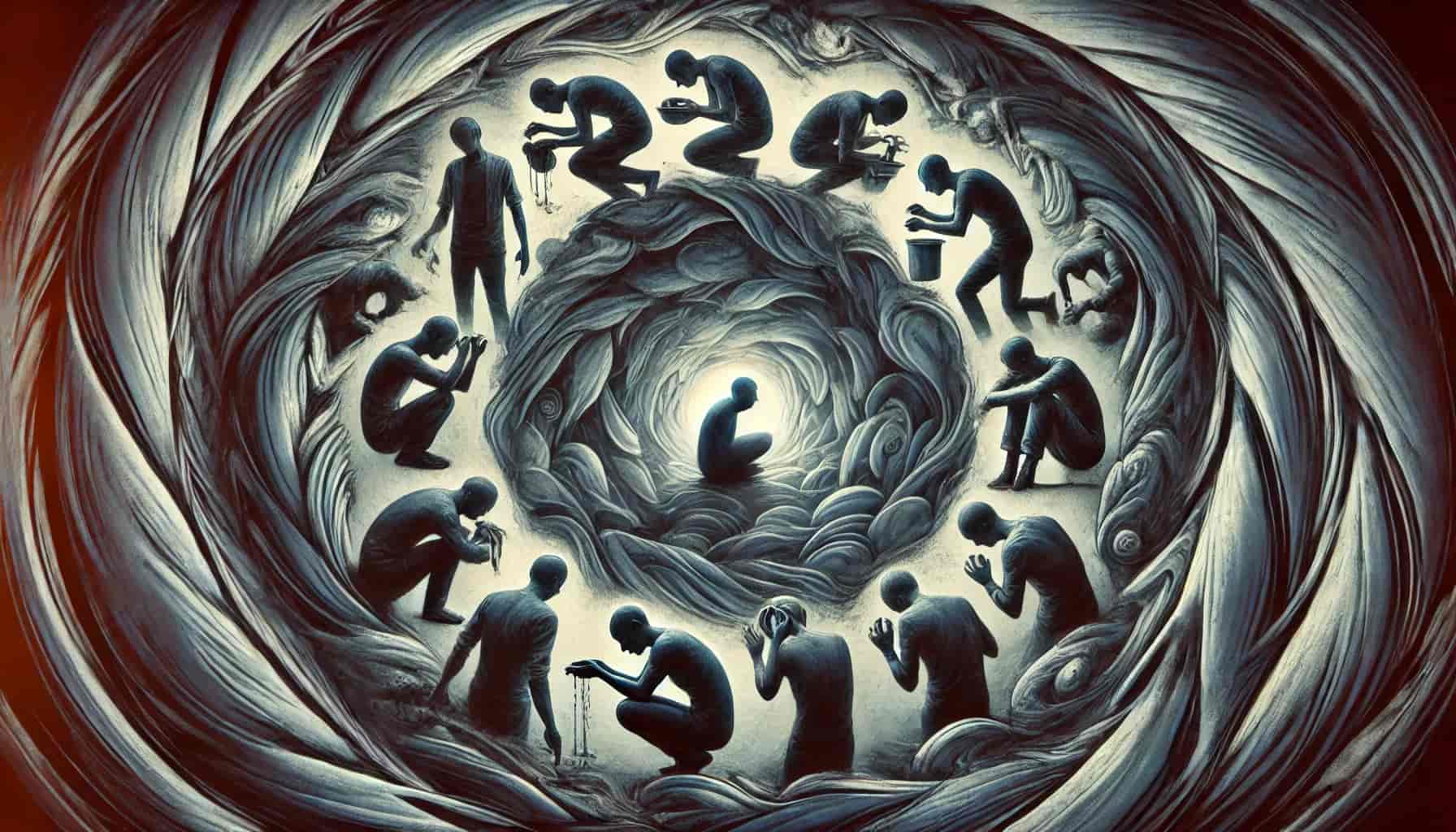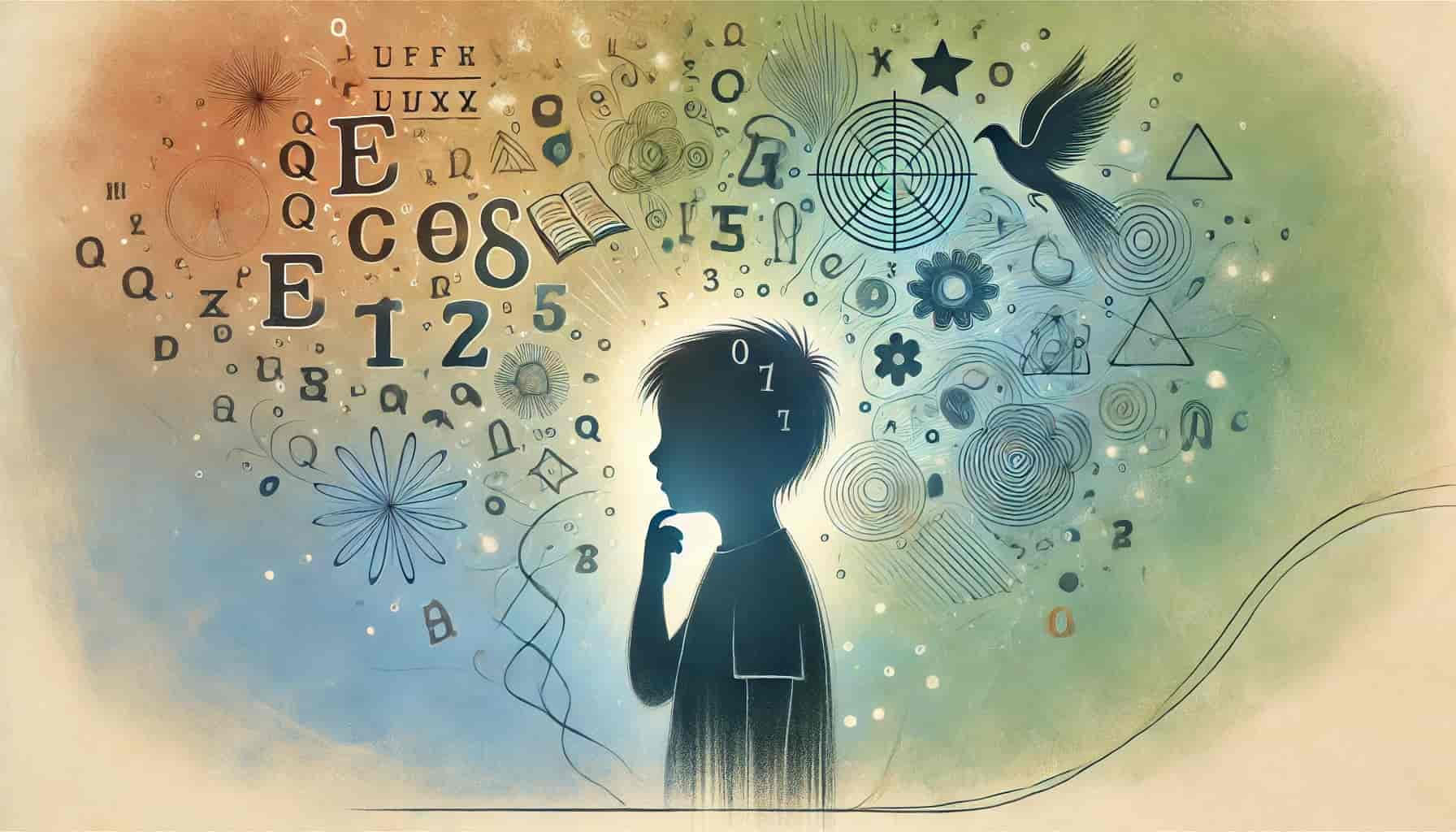Overview
Post-Traumatic Stress Disorder (PTSD) in India, like elsewhere, is a mental health condition that arises after experiencing or witnessing a traumatic event. The trauma can be a single event or prolonged exposure to distressing situations, such as ongoing domestic violence or conflict. PTSD often manifests in emotional, psychological, and physical symptoms that affect daily life. In India, awareness of PTSD is growing, but mental health literacy remains low in many regions, resulting in a gap between those who need help and those who receive care.
Key Facts
Prevalence in India: Though PTSD is less frequently diagnosed in India than in Western countries, studies suggest a significant prevalence, particularly among survivors of violence, natural disasters, road accidents, and sexual assault. An estimated 5-8% of the Indian population may experience PTSD in their lifetime.
Underreporting: Mental health stigma and limited awareness contribute to the underreporting of PTSD and other mental health disorders in India.
Social Context: In India, traumatic experiences can range from personal events (such as domestic violence or accidents) to collective trauma (such as natural disasters, terrorist attacks, or communal violence).
Impact: Untreated PTSD can result in long-term health, social, and economic consequences, affecting family dynamics and community well-being, especially in rural areas with limited mental health services.
Symptoms and Patterns
The symptoms of PTSD in India are similar to those globally, though cultural factors may influence how people express and cope with distress. Common symptoms include:
- Intrusive Thoughts:
- Flashbacks: Vivid, distressing memories of the trauma, often triggered by reminders such as sounds, places, or anniversaries of the event.
- Nightmares: Frequent bad dreams that involve the traumatic event.
- Distressing Memories: Recurrent, unwanted thoughts about the trauma that interfere with daily activities.
- Avoidance:
- Avoiding Reminders: Individuals may avoid places, people, or conversations that remind them of the traumatic experience. In India, this may involve avoiding social gatherings or religious ceremonies that trigger memories.
- Emotional Numbness: Many survivors of trauma in India may appear emotionally detached or distant, a coping mechanism that can be misinterpreted as resilience.
- Negative Changes in Thinking and Mood:
- Guilt and Shame: Trauma survivors may develop distorted beliefs about their role in the event, leading to feelings of guilt or shame. This is particularly common in cases of sexual assault or domestic violence.
- Persistent Negative Emotions: Depression, fear, and hopelessness are common emotions experienced by individuals with PTSD in India, particularly if they lack a support system.
- Changes in Physical and Emotional Reactions (Arousal Symptoms):
- Hypervigilance: Many individuals, especially those who have experienced violence or war, may be constantly on alert, scanning their environment for danger.
- Anger and Irritability: Irritable behavior and angry outbursts, particularly in young men, may be mistaken for aggression, when they are actually signs of unresolved trauma.
- Sleep Problems: Insomnia or restless sleep is common, with many individuals reporting nightmares and difficulty feeling rested.
Risk and Protective Factors
- Risk Factors:
- Violence and Conflict: India has regions that are prone to communal violence, terrorism, and conflict (e.g., Kashmir, North-eastern states), putting residents at higher risk for PTSD.
- Natural Disasters: Floods, cyclones, earthquakes, and other natural disasters frequently occur in India, with survivors often developing PTSD due to displacement, loss of loved ones, and destruction of property.
- Gender-based Violence: Women and children who have experienced sexual assault, domestic violence, or trafficking are at significant risk for developing PTSD.
- Cultural and Social Pressures: Social expectations, stigma, and gender roles in India can exacerbate the emotional and psychological impact of trauma, making it harder for individuals, especially women, to seek help.
- Protective Factors:
- Social and Family Support: In Indian culture, extended families and close-knit communities often serve as protective factors. Emotional support from family, friends, and community members can reduce the severity of PTSD symptoms.
- Resilience in Rural Communities: Many rural communities in India have a strong sense of resilience and shared coping mechanisms, such as religious rituals or collective mourning, which can help mitigate trauma.
- Traditional Healing Practices: Ayurveda, yoga, and meditation are traditional practices that promote mental well-being and may help trauma survivors in managing stress and PTSD symptoms.
Treatment and Care
While awareness of mental health issues is increasing in India, access to professional treatment for PTSD remains limited, especially in rural areas. However, several forms of treatment are available:
- Psychotherapy (Talk Therapy):
- Cognitive Behavioral Therapy (CBT): CBT is highly effective for treating PTSD. It helps individuals challenge and change negative thoughts and behaviors related to trauma. In India, CBT is becoming more available in urban mental health settings.
- Prolonged Exposure Therapy: This therapy gradually exposes individuals to their traumatic memories, helping them regain control over their fear responses.
- Eye Movement Desensitization and Reprocessing (EMDR): EMDR has shown promising results in treating PTSD by helping individuals process and integrate traumatic memories.
- Group Therapy: Peer support groups, where trauma survivors share their experiences, are culturally appropriate in India, particularly in close-knit communities where collective healing is important.
- Community and Religious Support: In many parts of India, community leaders, religious figures, and spiritual healers play a significant role in providing emotional support to trauma survivors. Incorporating these practices into formal treatment plans can enhance recovery.
Medicines
Medications are often prescribed in India to manage PTSD symptoms, especially in cases where psychological interventions alone are insufficient.
- Antidepressants: Selective serotonin reuptake inhibitors (SSRIs) like fluoxetine (Prozac) and sertraline (Zoloft) are commonly prescribed to reduce PTSD-related anxiety and depression.
- Anti-anxiety medications: Short-term use of medications like benzodiazepines may help manage acute anxiety but should be used with caution due to the risk of dependence.
- Sleep Medications: For individuals struggling with insomnia or nightmares, doctors may prescribe prazosin or other medications to improve sleep quality.
Note: Medication should be prescribed and monitored by a healthcare professional to ensure efficacy and manage any potential side effects.
Psychological and Psychosocial Interventions
- Culturally Sensitive CBT: Culturally adapted cognitive behavioral therapies, which respect local customs, beliefs, and family dynamics, are being developed to make mental health care more accessible in India.
- Support Groups and NGOs: Non-governmental organizations (NGOs) play a vital role in raising awareness and providing mental health services, especially to women, children, and marginalized communities affected by trauma.
- Mindfulness-Based Practices: India’s rich tradition of mindfulness practices, such as meditation and yoga, is increasingly integrated into PTSD treatment plans. These practices help individuals reduce stress, improve emotional regulation, and find inner peace.
Conclusion
PTSD and trauma-related disorders pose significant challenges in India, where underreporting, stigma, and lack of access to mental health services persist. However, growing awareness, community-based interventions, and the integration of traditional healing methods with modern psychological treatments offer hope. Addressing trauma in a culturally sensitive way, providing early intervention, and offering accessible treatment options can help reduce the impact of PTSD on individuals and communities across India. By fostering mental health literacy and promoting resilience, India can better support trauma survivors on their path to recovery.

